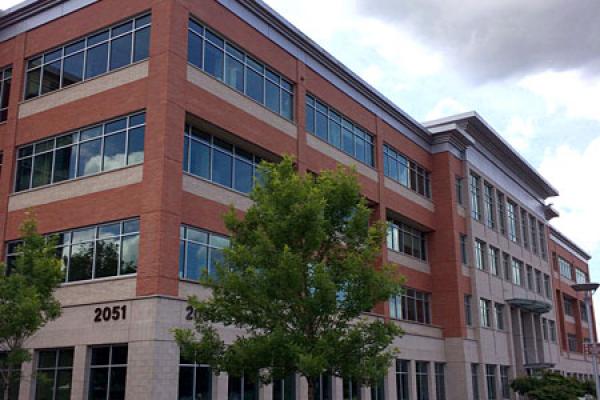Strategies to shape healthier places to live, work, and play
The Healthy Built Environments program, a program of the Clackamas Public Health Division, works with other county departments to create healthy communities across Clackamas County in three main ways:
- Considers the public’s health and safety in policy decisions, systems, and infrastructure investments
- Researches potential health impacts and harms in new county policies, projects and programs
- Maintains and strengthens relationships and partnerships in order to apply for funding, share resources, address challenges and take advantage of opportunities
Current Projects
Clackamas County Public Health is working hard to implement these values and ideas throughout the County today. See below for updates on recent and current projects to make Clackamas County a healthier place to live, work, play and thrive:
Why This Work is Important
Health starts in our homes, schools and jobs. Shaping the places we live, work, and play to promote health requires planning, assessment and community partnerships– long before illness becomes an issue. The conditions that promote health, also known as the social determinants of health, determine the opportunities people have to lead healthy lives:
What We Do
Climate and Health
Climate and health work at Clackamas County helps the county prepare for, adjust to, and withstand impacts from a changing climate that can harm human health. We are particularly focused on reducing harm and building resiliency for our most vulnerable and susceptible community members who also often may not have the resources to adapt to weather and climate changes. Program staff monitor and collect environment and health data, share information and regional practices and work across the County and metro region to create and carry out climate and health strategies.
Key resources we offer include:
- Review new climate policies and projects for potential health impacts
- Surveillance data for climate-related health conditions
- Development and implementation of a Climate Adaptation Plan
Health and Safety in All Policies
Health and Safety in All Policies is a collaborative approach that emphasizes consideration of the public’s health and safety in policy development and decisions. Because our health is impacted by a wide range of factors, many of which are outside the scope of the Public Health Division, the Public Health Division works closely with other disciplines and department to affect changes in our communities that reduce harmful impacts like poor air quality and foster health environments like preserving exiting trees or making our streets safer to walk and bike.
To create opportunities to consider health, safety and equity in the decision-making processes across Clackamas County, we:
- Provide consultations for how projects may affect health and safety
- Create recommendations that feed into a planning process, project or investment strategy
- Write policy papers that provide information and options for decision makers on a particular topic area
- Incorporate health-related data into another department’s reporting or forecasting
- Convene stakeholders to discuss topics, areas of alignments or opportunities for collaboration
- Conduct health impact assessments
Health Impact Assessments
A Health Impact Assessment (HIA) is a research process to understand the ways a policy, program or project might benefit or harm health in our community. The process is flexible and is designed to provide decision makers with the best possible information about a topic, while engaging the community about their needs.
Each assessment has six steps:
- Screening: Determining if an HIA will be useful in promoting health
- Scoping: Understanding what areas related to health the HIA should review
- Assessment: Collecting data and research on current conditions and potential future health impacts
- Recommendation: Creating recommendations to protect health and avoid harm
- Reporting: Share report with the community and stakeholders
- Evaluation and monitoring: Reviewing the HIA process to improve and ensuring recommendations are used
HIAs that we’ve completed in Clackamas County:
 Translate
Translate






